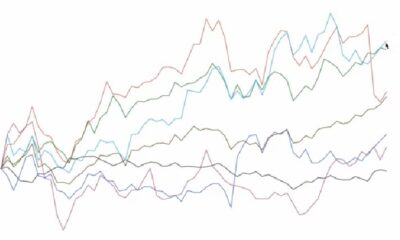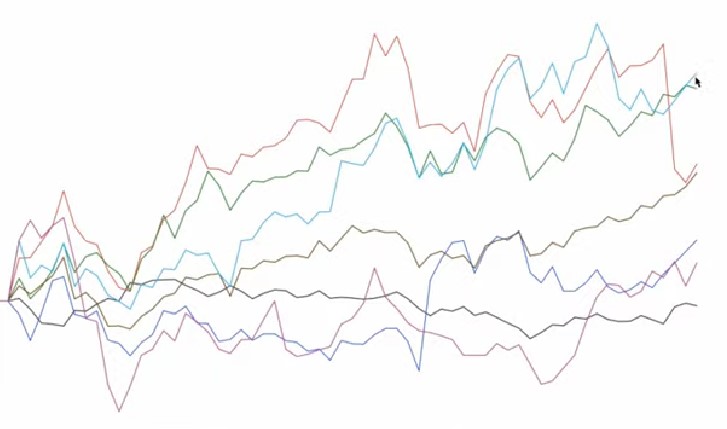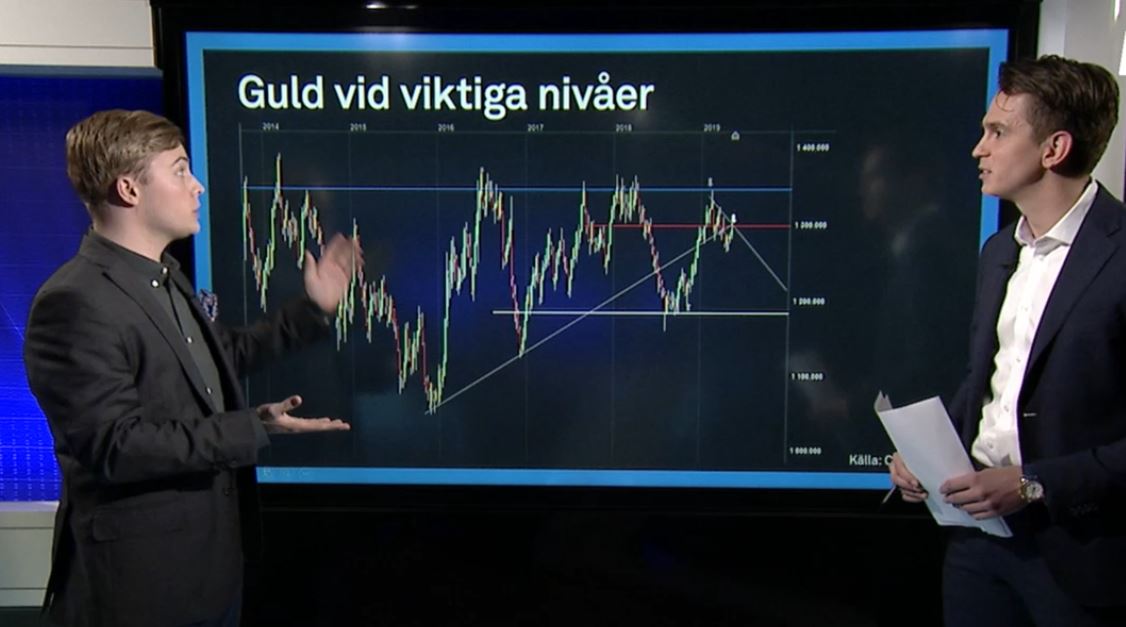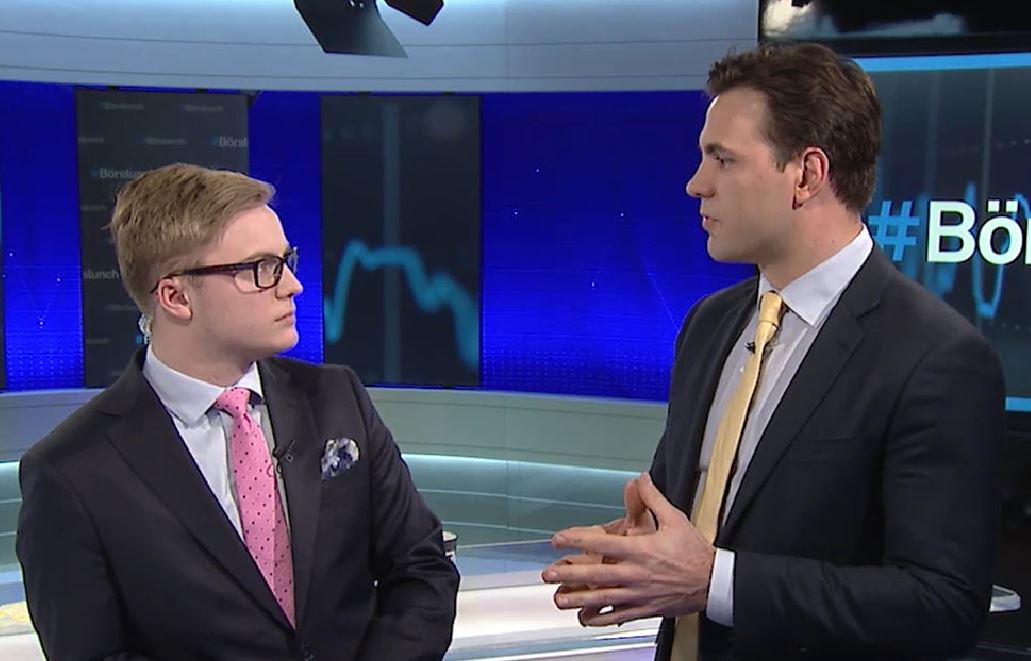Analys från DailyFX
USD/CAD Technical Analysis: At Strong Support For 2017 Open
Talking Points:
-USD/CAD Technical Strategy: Channel median line being tested, watching for bounce higher
-Focus remains on topside pivot at 1.3576 as 50% Fibo of 2016 range
-Trendline resistance being tested as support from January high
The last week of 2016 trading has brought about USD weakness. As we come into the Macro Opening Range of 2017, traders will do well to keep an eye on a breakout above the 50% retracement of the 2016 range. The market tested the key 50% Fibo in mid-November but failed to close above it, and we’ve seen a similar occurrence in late December.
However, a close above the 50% Fibo (1.3575) in the first weeks of 2017 could usher in another strong move higher like we’ve seen in the first trading month of the year in USD/CAD in the prior couple of year.
In addition to watching the 50% retracement as resistance and validation of trend continuation, the most important component on the USD/CAD chart remains the strong bounce off of multiple levels of support all near 1.31/3075. This price zone combined the 200–day moving average at 1.3087, the 61.8% Fibonacci retracement of the August – November price range, the Ichimoku cloud base, and the combination of the Modified Schiff Pitchfork / Trendline support drawn off key pivots of the May, June, and August. The bounce came as the market digested the Federal Reserve’s actual hike and added a more hawkish Dot Plot.
Last year, we saw a similar occurrence with an initial rally followed by a small setback at the end of the year. The market when on to push USD/CAD up ~6%, although much of this move was on the back of an Oil market “crash” to the mid-$20 range.
Looking at the chart below, you can see we are now sitting at multiple levels of trend support. First, we’re trading at trendline support on a trendline drawn off the January high and mid-November high where we failed to close above the 50%-retreamcenety mentioned earlier. In addition to the TL, we’re sitting in the Fibonacci retracement zone (1.34002-1.3278) from the post-Fed rally as well as the Ichimoku Cloud top and the 21-DMA (1.3412). All of these zones would make a fine place for USD/CAD to make a strong move higher at the start of 2017.
Should a move higher develop, that would be validated with a close above 1.3575, the next anticipated Bullish target would be the channel top and the 61.8% of the 2016 range at 1.3838.
A break below the Ichimoku Cloud 61.8% Fibonacci Retracement of the post-Fed rally near 1.3278 would open up another possible retest of the 200-DMA where we bounced in December that is trading near 1.3093.
Technical Focus:
D1 USD/USD Chart: Testing Multiple Forms of Support
Chart Created by Tyler Yell, CMT
Key Short-Term Levels as of Friday, December 30, 2016
For those interested in shorter-term levels of focus than the ones above, these levels signal important potential pivot levels over the next 48-hours.

T.Y.
Interested in learning more about markets and trading strategies? Join Tyler and other DailyFX analysts for FREE every trading by registering HERE!
Analys från DailyFX
EURUSD Weekly Technical Analysis: New Month, More Weakness
What’s inside:
- EURUSD broke the ‘neckline’ of a bearish ‘head-and-shoulders’ pattern, April trend-line
- Resistance in vicinity of 11825/80 likely to keep a lid on further strength
- Targeting the low to mid-11600s with more selling
Confidence is essential to successful trading, see this new guide – ’Building Confidence in Trading’.
Coming into last week we pointed out the likelihood of finally seeing a resolution of the range EURUSD had been stuck in for the past few weeks, and one of the outcomes we made note of as a possibility was for the triggering of a ’head-and-shoulders’ pattern. Indeed, we saw a break of the ’neckline’ along with a drop below the April trend-line. This led to decent selling before a minor bounce took shape during the latter part of last week.
Looking ahead to next week the euro is set up for further losses as the path of least resistance has turned lower. Looking to a capper on any further strength there is resistance in the 11825-11880 area (old support becomes new resistance). As long as the euro stays below this area a downward bias will remain firmly intact.
Looking lower towards support eyes will be on the August low at 11662 and the 2016 high of 11616, of which the latter just happens to align almost precisely with the measured move target of the ‘head-and-shoulders’ pattern (determined by subtracting the height of the pattern from the neckline).
Bottom line: Shorts look set to have the upperhand as a fresh month gets underway as long as the euro remains capped by resistance. On weakness, we’ll be watching how the euro responds to a drop into support levels.
For a longer-term outlook on EURUSD, check out the just released Q4 Forecast.
EURUSD: Daily
—Written by Paul Robinson, Market Analyst
You can receive Paul’s analysis directly via email bysigning up here.
You can follow Paul on Twitter at@PaulRobinonFX.
Analys från DailyFX
Euro Bias Mixed Heading into October, Q4’17

Why and how do we use IG Client Sentiment in trading? See our guide and real-time data.
EURUSD: Retail trader data shows 37.3% of traders are net-long with the ratio of traders short to long at 1.68 to 1. In fact, traders have remained net-short since Apr 18 when EURUSD traded near 1.07831; price has moved 9.6% higher since then. The number of traders net-long is 15.4% lower than yesterday and 16.4% higher from last week, while the number of traders net-short is 0.4% higher than yesterday and 10.5% lower from last week.
We typically take a contrarian view to crowd sentiment, and the fact traders are net-short suggests EURUSD prices may continue to rise. Positioning is more net-short than yesterday but less net-short from last week. The combination of current sentiment and recent changes gives us a further mixed EURUSD trading bias.
— Written by Christopher Vecchio, CFA, Senior Currency Strategist
To contact Christopher Vecchio, e-mail cvecchio@dailyfx.com
Follow him on Twitter at @CVecchioFX
To be added to Christopher’s e-mail distribution list, please fill out this form
Analys från DailyFX
British Pound Reversal Potential Persists Heading into New Quarter

Why and how do we use IG Client Sentiment in trading? See our guide and real-time data.
GBPUSD: Retail trader data shows 38.2% of traders are net-long with the ratio of traders short to long at 1.62 to 1. In fact, traders have remained net-short since Sep 05 when GBPUSD traded near 1.29615; price has moved 3.4% higher since then. The number of traders net-long is 0.1% higher than yesterday and 13.4% higher from last week, while the number of traders net-short is 10.6% lower than yesterday and 18.3% lower from last week.
We typically take a contrarian view to crowd sentiment, and the fact traders are net-short suggests GBPUSD prices may continue to rise. Yet traders are less net-short than yesterday and compared with last week. Recent changes in sentiment warn that the current GBPUSD price trend may soon reverse lower despite the fact traders remain net-short.
— Written by Christopher Vecchio, CFA, Senior Currency Strategist
To contact Christopher Vecchio, e-mail cvecchio@dailyfx.com
Follow him on Twitter at @CVecchioFX
To be added to Christopher’s e-mail distribution list, please fill out this form
-
Analys från DailyFX10 år ago
EUR/USD Flirts with Monthly Close Under 30 Year Trendline
-
Marknadsnyheter5 år ago
BrainCool AB (publ): erhåller bidrag (grant) om 0,9 MSEK från Vinnova för bolagets projekt inom behandling av covid-19 patienter med hög feber
-

 Marknadsnyheter2 år ago
Marknadsnyheter2 år agoUpptäck de bästa verktygen för att analysera Bitcoin!
-
Analys från DailyFX12 år ago
Japanese Yen Breakout or Fakeout? ZAR/JPY May Provide the Answer
-

 Marknadsnyheter2 år ago
Marknadsnyheter2 år agoDärför föredrar svenska spelare att spela via mobiltelefonen
-
Analys från DailyFX12 år ago
Price & Time: Key Levels to Watch in the Aftermath of NFP
-
Analys från DailyFX8 år ago
Gold Prices Falter at Resistance: Is the Bullish Run Finished?
-
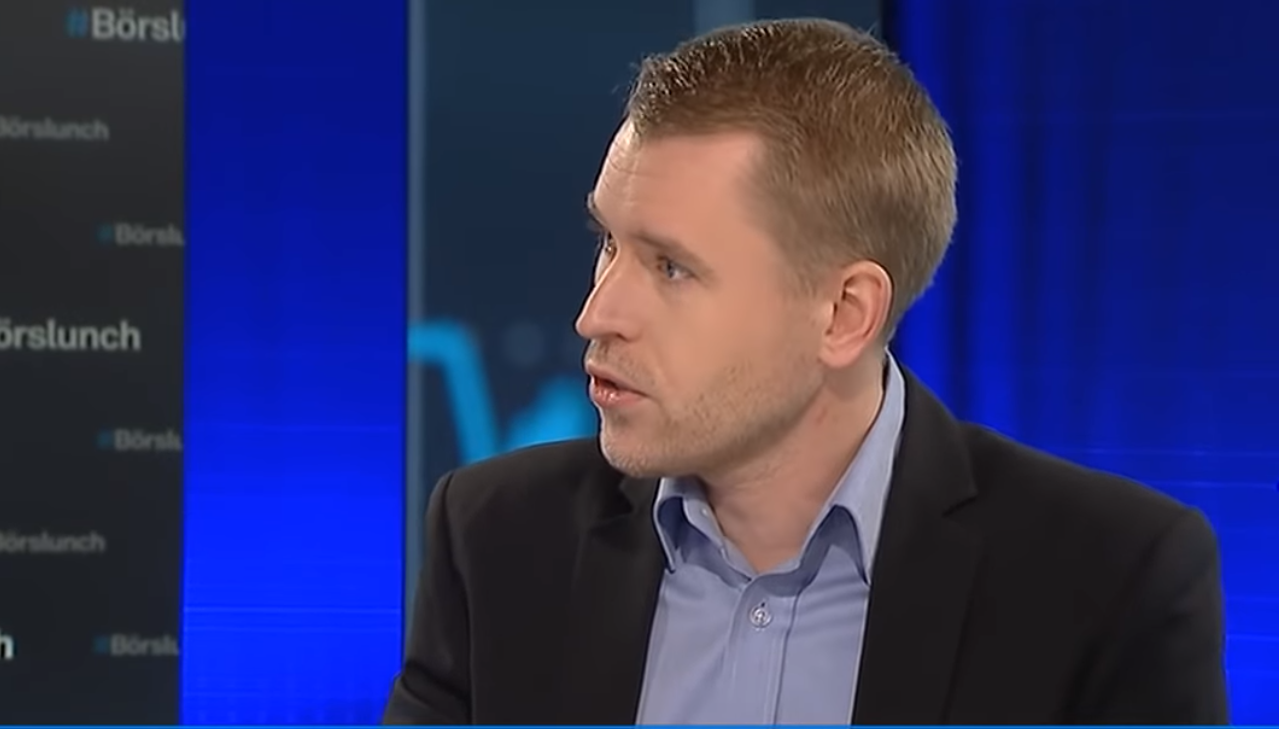
 Nyheter7 år ago
Nyheter7 år agoTeknisk analys med Martin Hallström och Nils Brobacke





